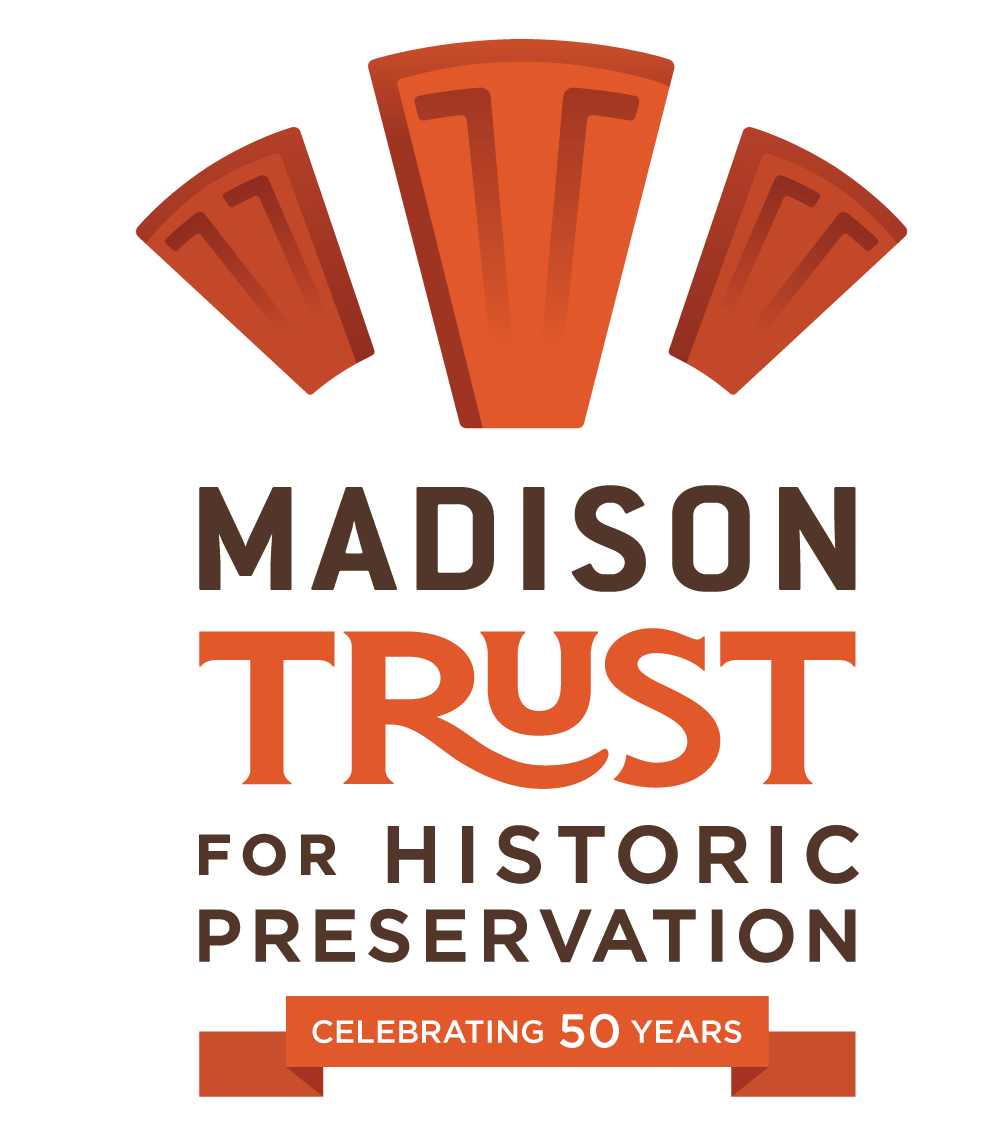Fostering collaboration
By Peggy Nolan
State Historic Preservation Officer Daina Penkiunas understands the importance of establishing strong relationships with stakeholders. Seeing the big picture “makes us all better at our work,” she says.
How did you become interested in historic preservation?
I was always interested in buildings, even as a child. My dad was an engineer, and we would go to construction sites. I loved walking through buildings that were under construction, trying to figure out how it all came together.
I’m interested in what buildings tell us by the way they’re designed and built, what they tell us about the people who built them and how the environment speaks to us about intent from different periods.
I started college as an architecture major, but I found that I loved my architectural history classes more than my design classes. So a friend and I decided we were leaving the architecture program, and we designed our own undergraduate degree in architectural history and preservation. My graduate degrees are both in architectural history.
After earning my graduate degrees, I went to work for the Hawaii State Historic Preservation Office kind of as an outgrowth of my dissertation topic, which was about the creation and evolution of a regional architectural style in Hawaii in the early 20th century.
Why is historic preservation important?
Historic preservation is a great tool for us to stop and think about what we are going to do, why we are going to do it, and it is why we identify locations, buildings or archaeological sites as something we want to understand and preserve so we have this full picture. What can we know and what are the things we value that we want to keep as the physical expression of our built environment and all the various layers of history?
What brought you to Madison?
My husband got a job here. Now I’ve lived here longer than anywhere else in my life.
What did you like best about your role as an independent historic preservation consultant?
I liked that it was flexible, since I had two young children then. It helped me learn about Wisconsin. I did survey work for the Department of Transportation, wrote determinations of eligibility, wrote a couple of landmark nominations for the Madison Trust for Historic Preservation, and I wrote a couple of National Register nominations. It was a way to get to know preservation in Wisconsin.
How did that role prepare you to be the National Register Coordinator?
It helped me know what the expectations were. It’s good to know who you’re writing for, the level of nomination expected and what the resources are. It gave me a good grounding and understanding of how things worked on the consultant side in the National Register office and also how they worked internally here at the SHPO office, along with understanding the technical aspects as not just a reviewer but also a preparer.
What are you especially proud of in terms of your career overall?
One of the things I’ve always tried to do in all of my positions is to work closely with our consultants because they’re our partners. Over many years as an Office, we’ve worked to build partnerships with the Tribes, as well as with local, state and federal government agencies.
We’re also very collaborative within the SHPO office. Tax credit people are talking to the National Register people, to the archaeologists, to the compliance staff and so on. We’re also trying to help the public by answering questions or, for example, helping the one-time applicant with what appears to be an overwhelming state or federal bureaucratic process. If someone calls because of an archeological site on their property, we’re helping them understand what it means and what benefits might be available.
I’m also proud that our office lists a wide variety of resources. Our office has always been pretty open to looking at a wide variety of maybe nontraditional listings.
Click to view full screen
What are some challenges you’ve encountered, and how have you overcome them?
If something goes wrong, it’s a learning experience. How can we make processes better? How can we do our jobs better? Challenges can be frustrating, but they’re also great learning opportunities. They tell us where we need to improve.
What are your thoughts on landmarking buildings in underrepresented communities?
This is a big, nationwide initiative at all levels to look at underrepresented communities and how we can bring them and their associated historic properties forward through designations. A few years ago, our office applied for a National Park Service (NPS) underrepresented communities grant to look primarily at civil rights sites in Milwaukee and to prepare nominations for several of those properties. We just received a second NPS grant to prepare a statewide context on Latino settlement and to nominate an associated property. The (landmark and National Register) processes do work for these properties. The bigger issue sometimes is identifying these associated properties.
Also, now when we fund surveys through our Certified Local Government grants, reports must include a discussion of properties associated with underrepresented communities. This is a national conversation that we’re all having.
What else would you like to share?
Something to think about is encouraging the next generation of students to consider working within the preservation field, whether in a consulting firm or state or local government, because it is a rewarding career. That’s another area of nationwide discussion.
Periodically in this space, we’ll feature local historic preservation heroes. We all have a role to play in keeping Madison’s history alive. What’s yours? Submit suggestions for others we should feature here.
